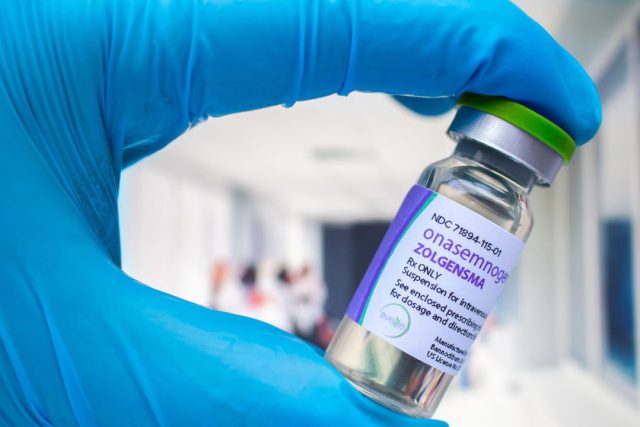The vial is familiar, the liquid inside could be water—but the price tag is a little more unusual. A shot of Zolgensma, a gene therapy for spinal-muscular atrophy, comes to $2.1m. It is one of a new generation of ultra-expensive medicines. Treatments for beta-thalassemia and haemophilia, two blood disorders, cost $2.8m and $3.5m, respectively. Their prices may be overtaken by gene therapies for sickle-cell disease expected to be approved this year, and one for Duchenne muscular dystrophy, which could be approved any day now.
Such therapies will be beyond the means of many middle- and low-income countries. They will also cause trouble in the richest, not least America. Pharmaceutical firms point out the drugs are expensive to develop, mostly for rare disorders and may offer benefits that last a lifetime. Governments and insurers must decide if the medicines are worth it at current prices and, if not, try to negotiate them down. Health-care experts wonder if this process could, in time, force sweeping changes in how American states pay for medication.
Vertex, one of the firms working on sickle-cell-disease therapies, argues that current treatment for the worst-affected patients can cost $4m-6m over the course of a lifetime. Yet the Institute for Clinical and Economic Review, a think-tank, calculates that the firm’s new medicine would only be cost-effective at a shade under $2m a patient, both because the initial cost would earn a return if put to other uses and because there is uncertainty over how long the benefits of the drug will last.
Sickle-cell disease, which can lead to extreme pain, strokes, serious infections and lung difficulties, is a particular problem for governments and insurers, since it is relatively common. In America there are 100,000 people who suffer from it, and many are covered by Medicaid, an official health-care scheme for the poor. Michael Kleinrock of the iqvia Institute for Human Data Science, an analytics firm, expects that Medicaid will have to prioritise patients when the drugs are approved, as it will be unable to afford to pay for everyone who might benefit at the same time.
In the medium term, a change of approach may be necessary. Francis Collins of the National Institutes of Health, which funds medical research, says there is recognition in government that there will have to be “special creative thoughtfulness to make access [to these medicines] happen”. A report by the cms Innovation Centre, an official agency, suggests a move to a system in which the government negotiates on behalf of state Medicaid outfits, in the hope of using federal heft to win better deals. Although the details are yet to be worked out, the hope is payments can be linked to drug performance, as already happens in Britain, France and Germany.
Private insurers will face difficulties, too. Many have imposed outright exclusions or restriction on access to gene therapies in their policies. As insurers have a high turnover of customers, they may not benefit from the savings of a cure, which will accrue over a lifetime. There is talk of reinsurance programmes and risk pooling, but little progress has been made.
Some argue that costs will come down over time. Zandy Forbes, chief executive of Meiragtx, says that her firm is working on a gene therapy for Parkinson’s disease that will be competitive with existing treatments. To achieve this, the company has decided to bring all its development and manufacturing in house in order to radically reduce costs. History demonstrates that drops in the price of pharmaceutical goods are possible. Between 1998 and 2009 manufacturing improvements brought about a 50-fold reduction in the cost of goods of monoclonal antibodies. They are now routinely used in medicine.
There is another option, which is that breakthroughs go to waste. Some states have been unwilling to pay the price needed to eliminate Hepatitis c, a viral disease, despite the availability of antiviral therapies that cost around $20,000 per patient, says Dr Collins; this results in all kinds of obstacles being put up for those receiving treatment. It would be an extraordinary waste were the same to happen with the new wave of gene therapies. ■
For more expert analysis of the biggest stories in economics, finance and markets, sign up to Money Talks, our weekly subscriber-only newsletter.




The Most Read
Сryptocurrencies
Bitcoin and Altcoins Trading Near Make-or-Break Levels
Financial crimes
Thieves targeted crypto execs and threatened their families in wide-ranging scheme
Financial crimes
Visa Warning: Hackers Ramp Up Card Stealing Attacks At Gas Stations
News
Capitalism is having an identity crisis – but it is still the best system
Uncategorized
The 73-year-old Vietnamese refugee is responsible for bringing Sriracha to American consumers
Uncategorized
Electric Truckmaker Rivian, Backed By Amazon, Ford, Raises Whopping $1.3 Billion